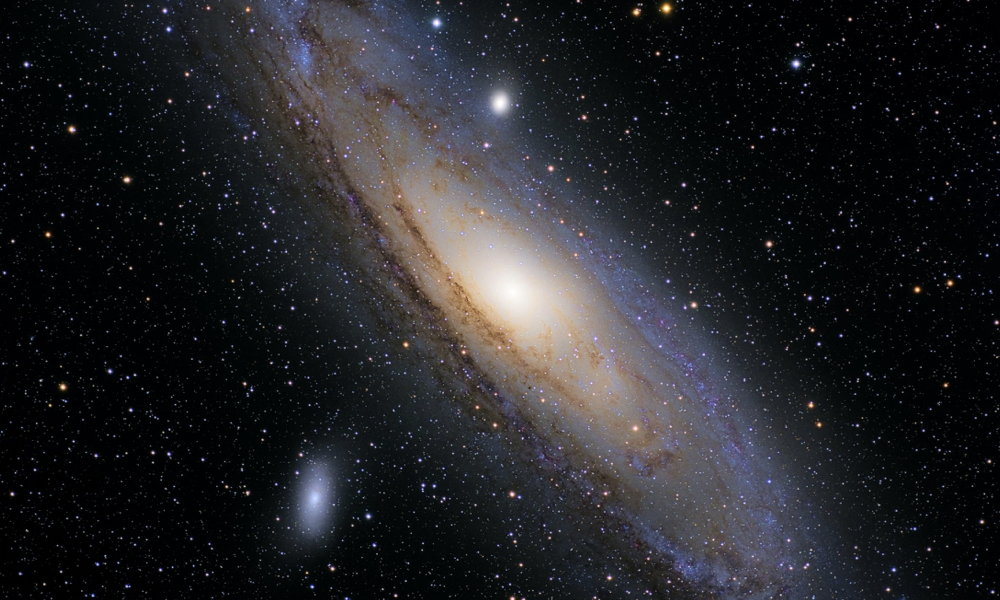
ESA Open Invitation to Tender AO10597
Open Date: 16/12/2020
Closing Date: 24/02/2021 13:00:00
Status: ISSUED
Reference Nr.: 20.123.11
Prog. Ref.: Technology Developme
Budget Ref.: E/0901-01 – Technology Developme
Special Prov.: BE+DK+FR+DE+IT+NL+ES+SE+CH+GB+IE+AT+NO+FI+PT+GR+LU+CZ+RO+PL+EE+HU
Tender Type: C
Price Range: 200-500 KEURO
Products: Satellites & Probes / Propulsion / Electric Propulsion / Electromagnetic Propulsion Systems / Satellites & Probes / Propulsion / Electric Propulsion / Electrothermal Propulsion Systems
Technology Domains: Aerothermodynamics / Numerical Methods / Computational Fluid Dynamics (CFD) / Aerothermodynamics / Numerical Methods / Engineering Techniques / Propulsion / Supporting Propulsion Technologies and Tools / Modelling / Propulsion / Supporting Propulsion Technologies and Tools / Testing and Diagnostics / Propulsion / Electric Propulsion Technologies / Electromagnetic Systems
Establishment: ESTEC
Directorate: Directorate of Tech, Eng. & Quality
Department: Mechanical Department
Division: Propulsion & Aerothermodynamics Division
Contract Officer: Garre, Maximilian
Industrial Policy Measure: N/A – Not apply
Last Update Date: 16/12/2020
Update Reason: Tender issue
To identify and to improve the technology of the critical elements of the ram-Electric Propulsion system to ensure drag compensation for small satellites with Earth observation applications, orbiting below 250km.Previous studies have identified that the major limiting factor to reach Very Low Earth Orbit is the propellant mass required to perform drag compensation. The ESA ram Electric Propulsion (ram-EP) CDF study proposed an innovative solution to enable those types of VLEO missions: collecting molecules from the atmosphere to use as propellant for electric propulsion thrusters.A previous study concluded that a ram-EP concept could be feasible for satellites to overcome the drag up to altitudes at 250 km while having a potential use for Earth Observation applications. Furthermore, studies have demonstrated capability to operate a Hall Effect Thruster (HET) and a Gridded Ion Thruster with nitrogen and (di-)atomic oxygen as propellant in a concentration equivalent to mean solar and geomagnetic activities, limited between 200 and 250km altitude. A recent technology activity (T118-401MP) in which a collector with HET was designed and tested successfully, demonstrated that the thrust and drag forces of a ram-EP concept, from intake to thruster, can be experimentally assessed in a ground facility. .It was shown that the main requirements for a net drag compensation are the collector efficiency and the thruster Isp by the available power.To reduce the propulsion requirements to compensate the drag of the vehicle, leading to orbital decay, slender vehicles are usually envisaged. Lift (devices) and lift over (lowered) drag might be used to change the inclination of orbit. Lastly, the atomic erosion does not only affect in the complete engine, but also the payload instruments. Careful assessment has to be made for engine and overall vehicle life time by proper selection of the materials, coating, size and design. The ram-EP vehicle and the engine shall be designed to operate in different atmospheric density and composition regimes to cope with the atmospheric diurnal and yearlyvariability as well as to have the capability to fly in different altitudes.It is needed to improve the concept towards preliminary design of the ram-EP system that meets requirements in terms of power, mass and volume, life time and positive net thrust to cope with drag compensation and potentially also for attitude control.Based on mission analysis and state of the art assessment, critical technologies with lowest technology readiness level are to be further enhanced and tested in a ground facility, including plume characterization.
If you wish to access the documents related to the Invitation to Tender, you have to log in to the ESA Portal.
